Growing lavender in pots – expert tips for healthy container plants
Have success with growing lavender in pots by choosing the right pot type, compost, and watering regime to get that moisture level right
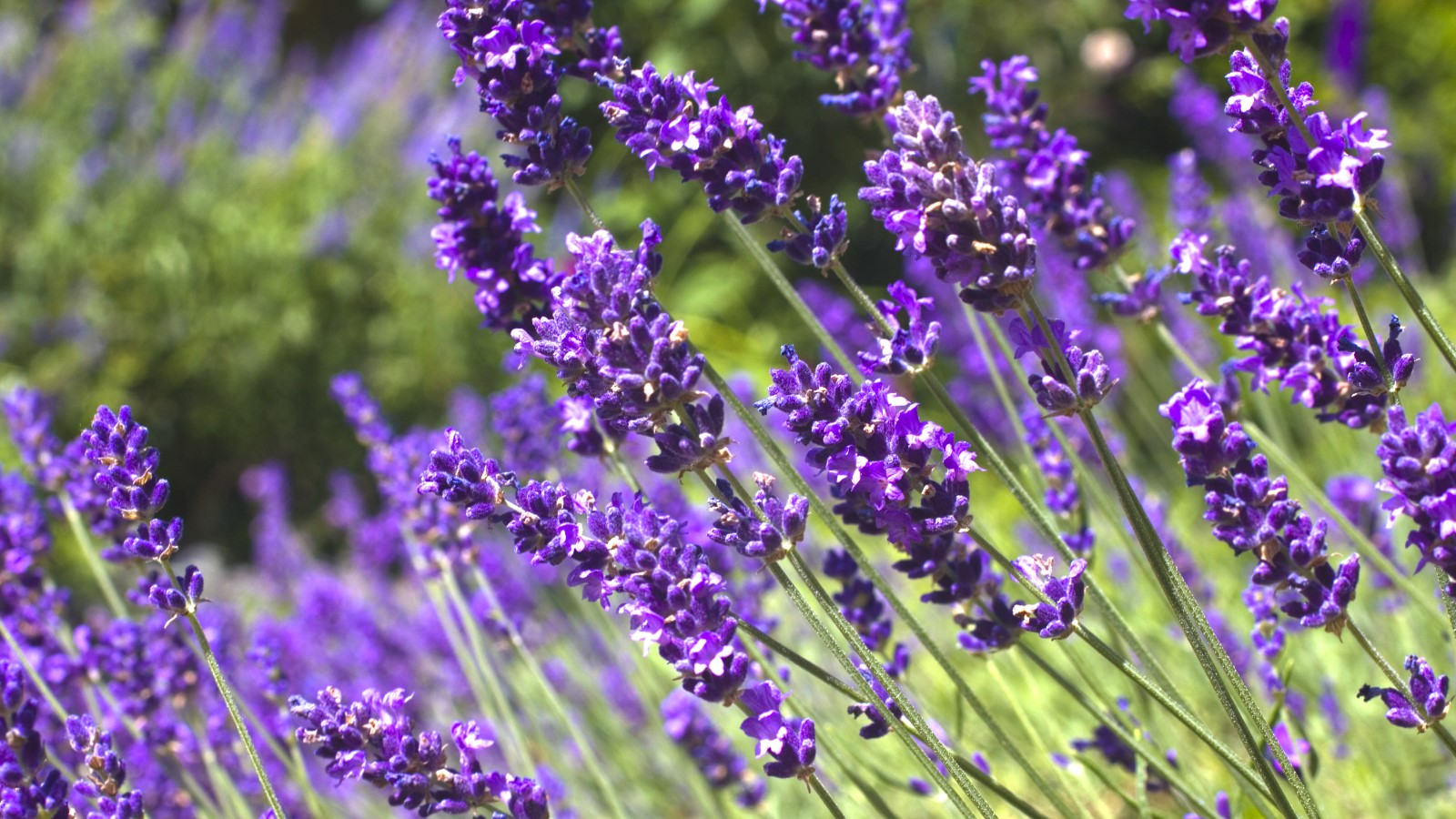

Lavender grows well in pots and containers and the trick is to get the conditions right for it to prosper. It wants a large pot, well-draining soil, to be placed in a sunny spot, and not to be kept too moist.
All lavenders are suited to growing in pots and can survive happily in containers, though the half-hardy types are best. They will grow at their optimum in terracotta pots filled with a light and well-draining potting mixture and put in the sunniest spot in your yard.
Growing lavender brings fragrance, evergreen foliage, and soft flowers to a space and it also is a great plant for bees and other beneficial pollinators. It can be a simple plant to maintain and, by growing lavender in pots, you can enjoy it on a patio, deck, terrace, or balcony.
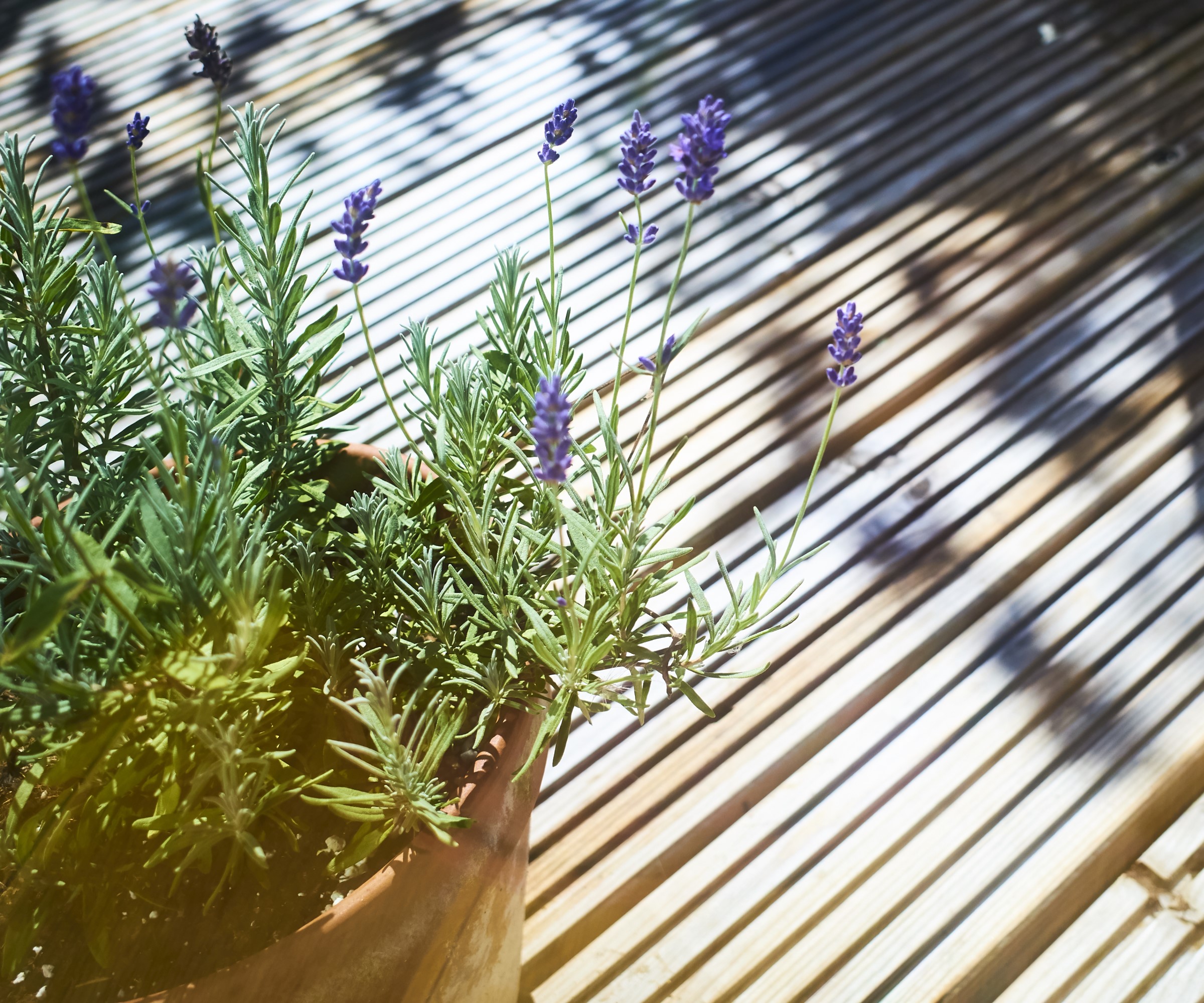
Lavender plants want to be placed in full sun
Does lavender grow well in pots?
Lavender can be a really low maintenance shrub and the key to success with growing lavender in pots is to think of its natural habitat and try to replicate that in a containerized environment. Lavender is drought tolerant and native to dry and sunny Mediterranean regions, where the soil naturally drains very well, so you want to give the plant a spot to bask in the sun and a soil that provides excellent drainage.
Janice Cox, the author of ‘Beautiful Lavender’ and education chair for The Herb Society of America, claims that many people say ‘not to plant lavender in a pot’, however this is because people have a tendency to over-water and this can cause the plant to wither and even die.
She says: ‘When it comes to growing lavender the three things that are essential are drainage, drainage and drainage.
‘I like to use pots for tender varieties of lavender. It allows you to move them close to the house or into the greenhouse during cold winter months. It also allows you to move them into full sun in the summer. I have also seen people use pots of lavender outside of greenhouses and gardens to help attract pollinators to come inside.’
Lavender is a great fly repellent plant and mosquito repellent plant, so planting pots outside the home or building can keep pests away. While it repels unwanted pests, the lavender flowers attract bees and other beneficial pollinators into the garden.

Janice Cox is an expert on the topic of Natural Beauty and making your own cosmetic products with simple kitchen and garden ingredients. She is the author of six best selling books on the topic: including Beautiful Lavender. She was the beauty editor for Herb Quarterly Magazine for over twenty years. She is a member of The National Garden Bureau and the education chair for The Herb Society of America.
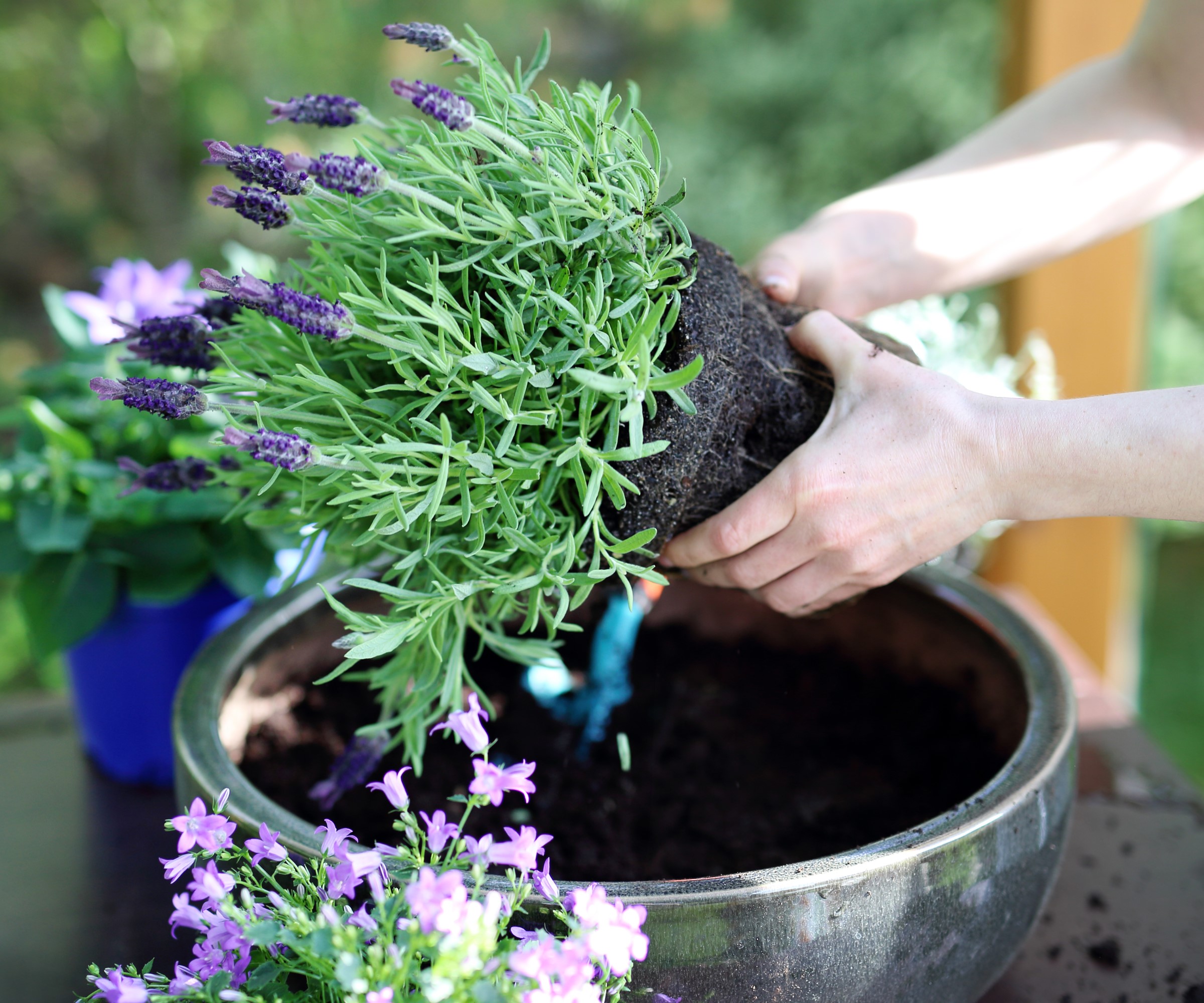
All types of lavender can grow successfully in pots
Best lavender for pots
There are commonly two main types of lavender, and that is Spanish lavender and English lavender. The latter tend to be larger and hardier types of lavender that are commonly seen as flowering shrubs planted in landscapes and the English lavender has larger leaves than its Spanish counterpart.
Both types require the same cultural guidelines, want full sun and good drainage, and can happily grow in pots. The Spanish lavender is more tender and you will need to winterize the lavender, moving it to a protected area to see out the winter months.
The best lavender to grow in pots is the tender and half-hardy varieties, as well as dwarf varieties. Tabar Lindsay Gifford, Customer Experience & Partnership Cultivator at American Meadows, claims the smaller and more compact varieties of lavender are ‘great choices’ if you want to grow lavender in pots.
She recommends: ‘Varieties like Thumbelina Leigh, Goodwin Creek, SuperBlue, Blue Cushion, Wee One, Anouk and Silver Anouk are some excellent options well adapted to growing in pots.’
By utilizing dwarf varieties, it is even possible to grow lavender indoors in pots and it works as one of the best balcony plants as you can get wonderful fragrance coming into the home with pots of the aromatic herb in your outdoor space.
Buy lavender plants from Nature Hills.
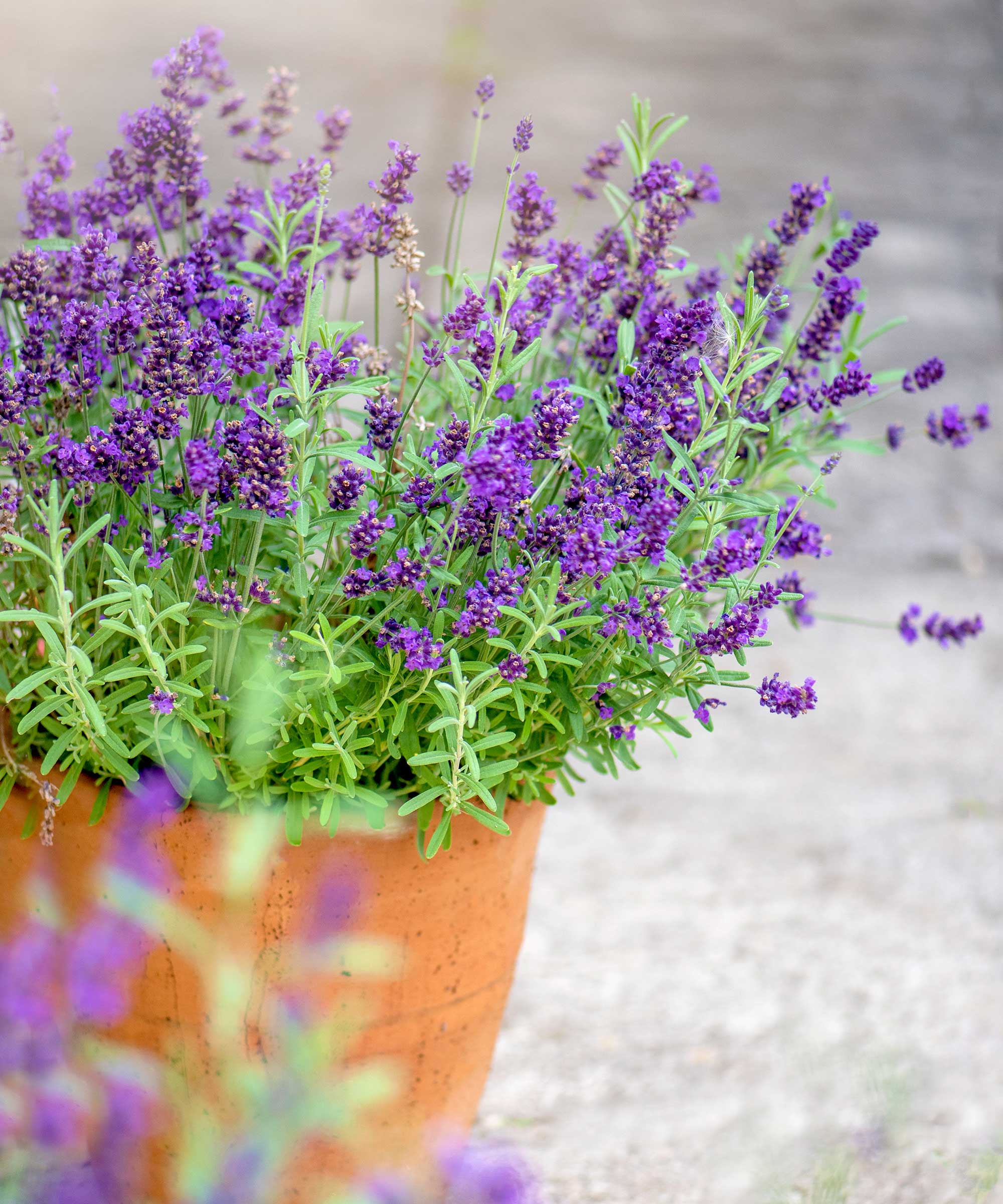
Full sun and good drainage are key for all lavender
How to plant lavender in a pot
Lavender wants a pot that is large enough to accommodate its spreading roots, so choose a pot with a diameter of at least 10 inches or greater. It’s best to plant lavender in terracotta pots, available at Amazon, as the material is porous, so will allow the plant to breathe. Avoid a common lavender growing mistake by ensuring that any container has drainage holes to allow excess moisture to drain away.
Susan Betz, author and member of the International Herb Association, recommends that ‘a light well-draining potting mixture’ is essential and you should avoid using the likes of sphagnum and peat moss or too much compost, as they will hold too much moisture and cause root rot.
She recommends adding drainage through ‘non-organic elements’, saying: ‘A classic soil mixture for producing healthy, vigorous lavender plants contains these ingredients: 3 parts soil-based potting mix, 1 part coarse sand, 1 part compost, and 1 part perlite.’
To plant lavender, or transplant lavender, into a pot, fill your chosen pot with your growing medium and make a large hole, larger than the root ball of your plant. Put the plant in the hole and plant it at the same level as in the nursery pot. Backfill the hole and firm the plant in well and give it good water. Place the pot in a warm and sunny position, ideally a spot that gets 8-10 hours of direct sunlight each day.
Lavender is a plant that performs poorly when it is too wet, so it makes judging when to water plants all the more important. When it comes to watering lavender, it has lower water requirements than many other plants and the soil should become moderately dry between waterings. It is better to do deep and less frequent waterings.
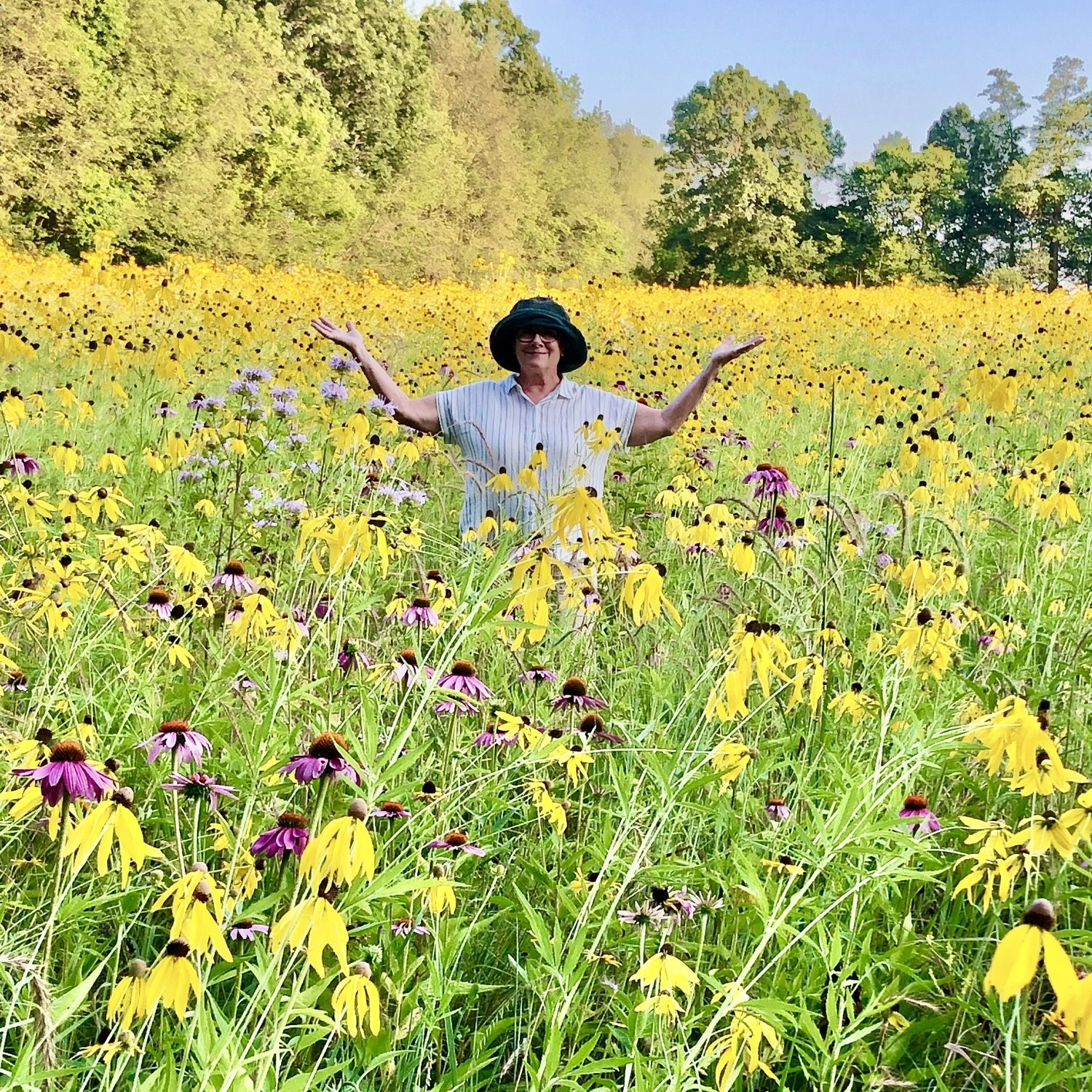
Susan Betz has been actively involved in growing and using herbs to educate the public about gardening and the natural world for more than 35 years. She is an Honorary Master Gardener, a member of the International Herb Association, Garden Communicators, the Ecological Landscape Alliance, and the National Garden Bureau. Susan is a life member of the Herb Society of America (HSA) and received The Society’s Helen D. Conway, Little Medal of Honor, in 2018.
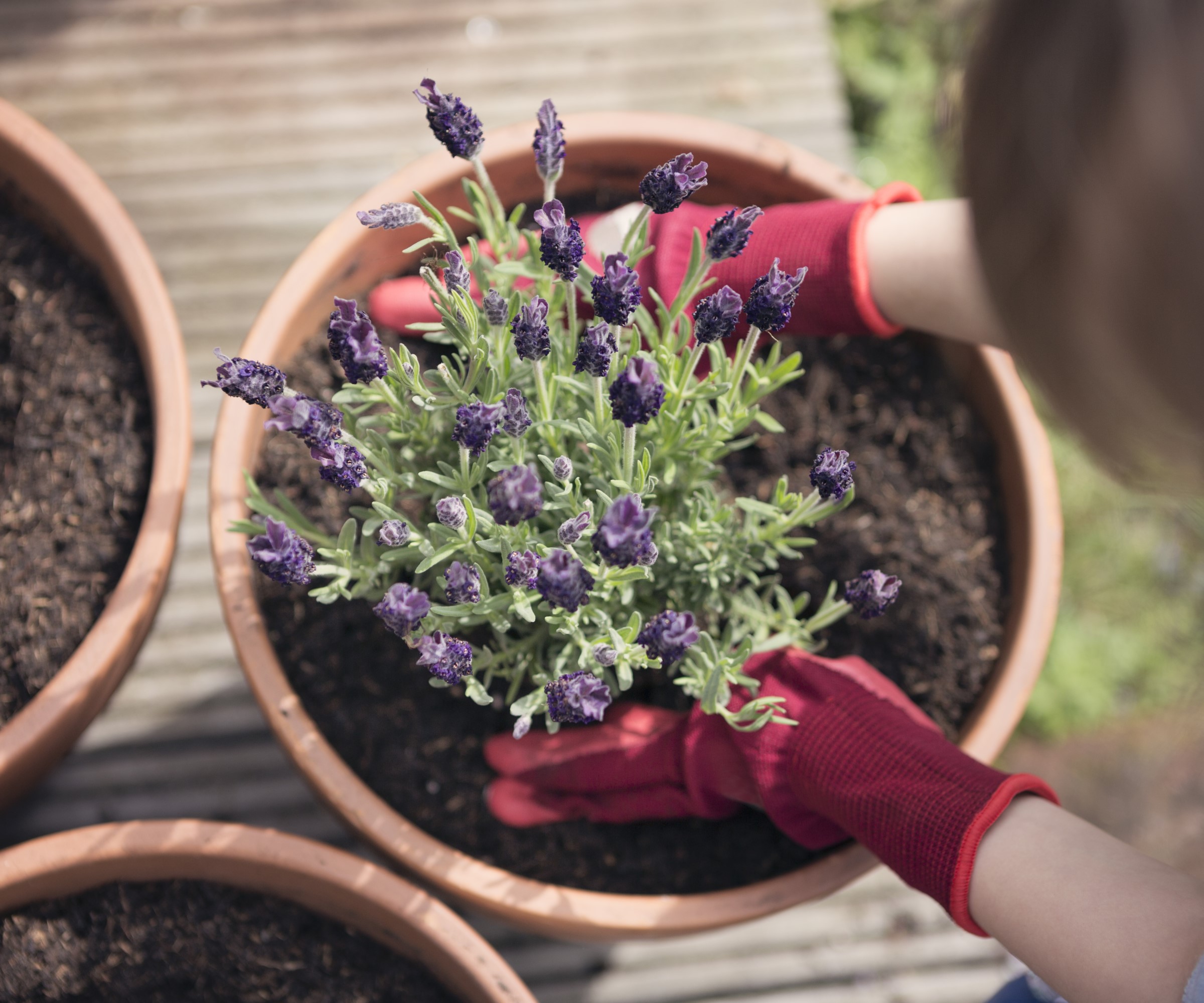
Plant lavender in a well-draining potting mixture
FAQs
Should I cut back lavender in pots?
Lavender in pots does need to be cut back to keep looking neat. The hardier types of lavender should be cut back in the fall after flowering, or in spring. Half-hardy and tender types of lavender should be deadheaded in summer and only cut back if they get too unsightly, and only ever cut in spring.
To prune lavender, take a pair of clean and sharp pruning shears and cut back to a level where you see new leaves developing. Typically this is cutting back the new soft growth. You can cut back into the old wood, but never go lower than where signs of new growth are.
What can I feed my lavender in pots?
Susan Betz explains that, as the best potting soils for lavender are very well-draining, they can become low in nutrients. This is due to the nutrients in the compost leaching out when the plants are watered. She recommends using a balanced slow-release fertilizer in pots, or the likes of fish emulsion or liquid kelp. An example of one of these is the Alaska Fish Emulsion Plant Food, available at Walmart.
If you want to add aromatic herbs to your backyard herb garden, then lavender is a must. As the plant can work so well in pots, it means you can even have lavender in a herb planter or a dedicated herb container garden.
If you get the pot, compost, and location right, then lavender can be easy-to-maintain. Its fragrant summer flowers will be a treat to the senses and it will bring bees and other pollinators into your yard.
Sign up to the Homes & Gardens newsletter
Design expertise in your inbox – from inspiring decorating ideas and beautiful celebrity homes to practical gardening advice and shopping round-ups.

Drew’s passion for gardening started with growing vegetables and salad in raised beds in a small urban terrace garden. He has worked as a professional gardener in historic gardens and specialises in growing vegetables, fruit, herbs, and cut flowers as a kitchen gardener. That passion for growing extends to being an allotmenteer, garden blogger, and producing how-to gardening guides for websites. Drew was shortlisted for the New Talent of the Year award at the 2023 Garden Media Guild Awards.
-
 Jeremiah Brent's new NYC-inspired rug collection has got to be the easiest way to bring his modern Manhattan style into your own home
Jeremiah Brent's new NYC-inspired rug collection has got to be the easiest way to bring his modern Manhattan style into your own homeJeremiah Brent has teamed up with Loloi Rugs to create a contemporary collection of home furnishings inspired by his city
By Eleanor Richardson
-
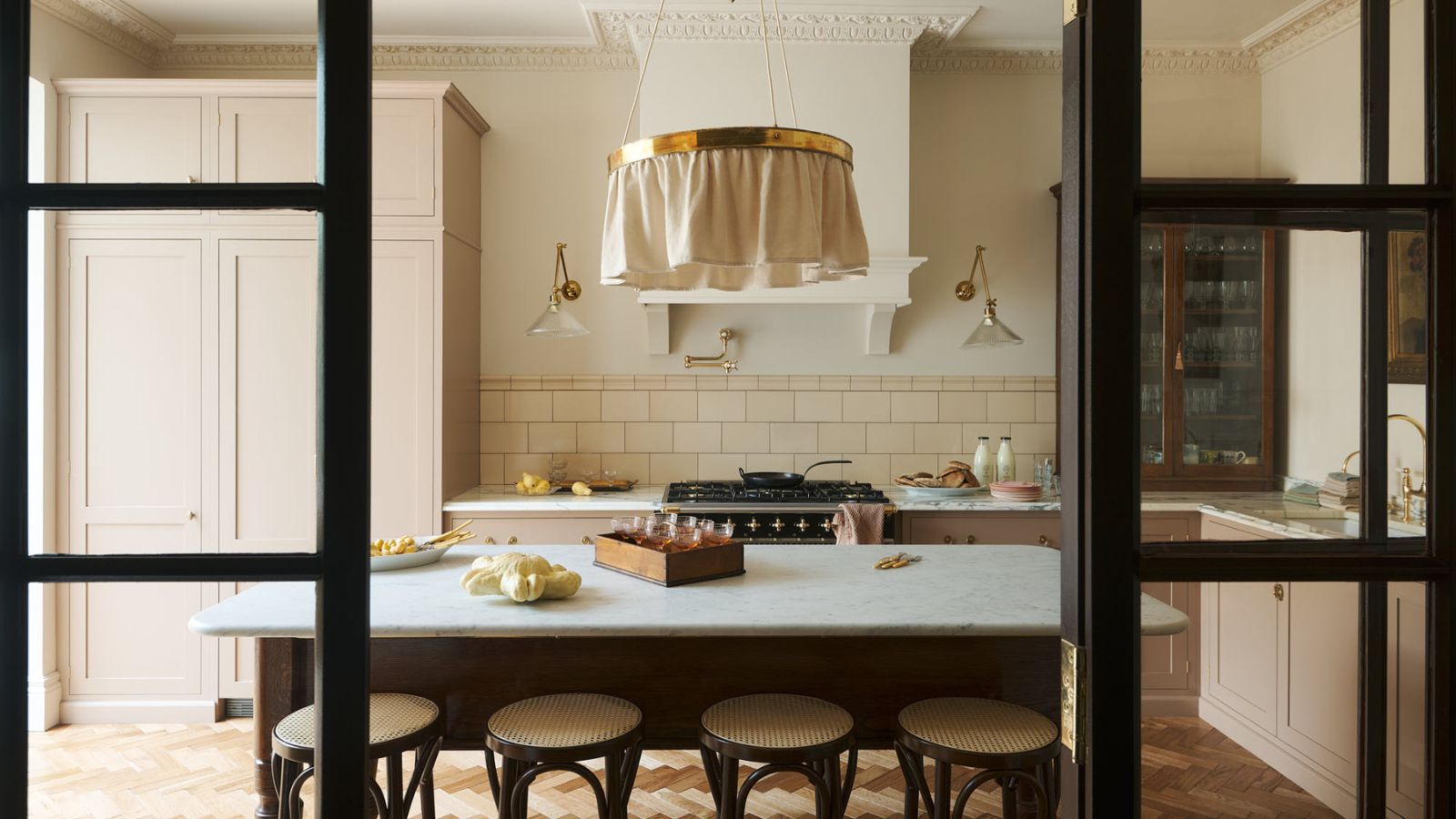 I tried this one easy dishwasher trick and made the annoying need for manual drying a thing of the past
I tried this one easy dishwasher trick and made the annoying need for manual drying a thing of the pastIf you hate those little pools of water left on your cups and crockery, this towel trick is for you
By Punteha van Terheyden